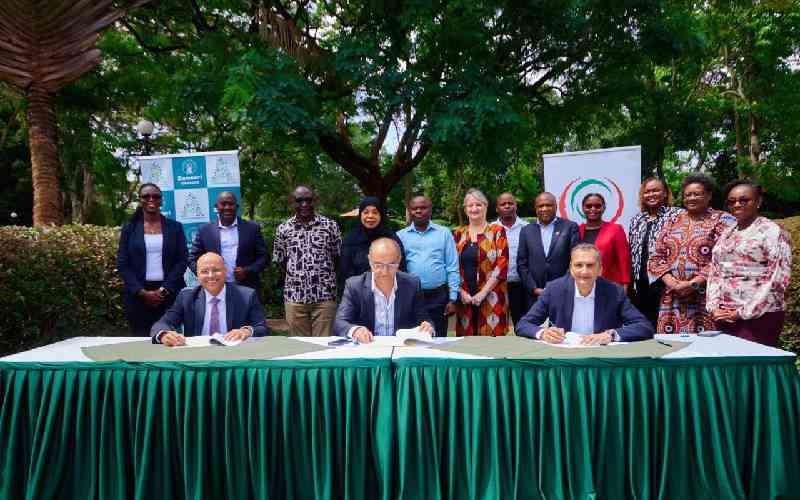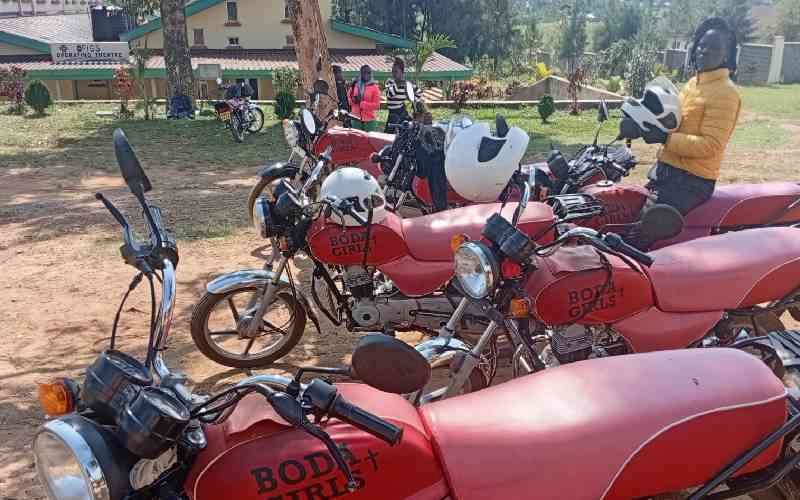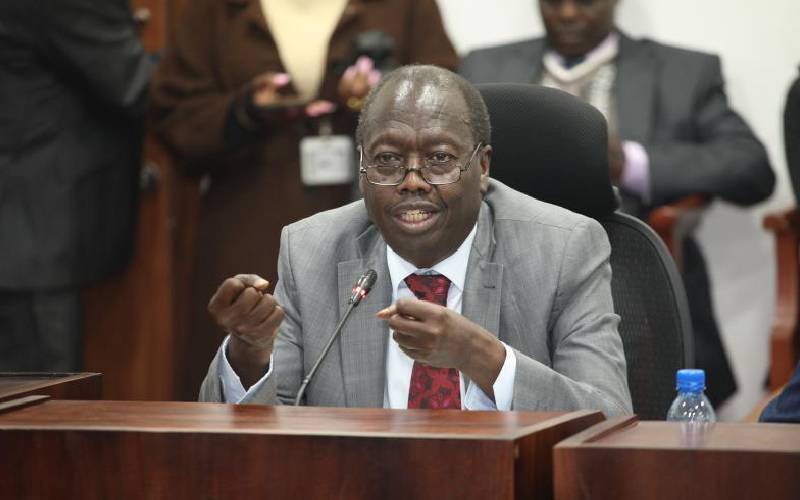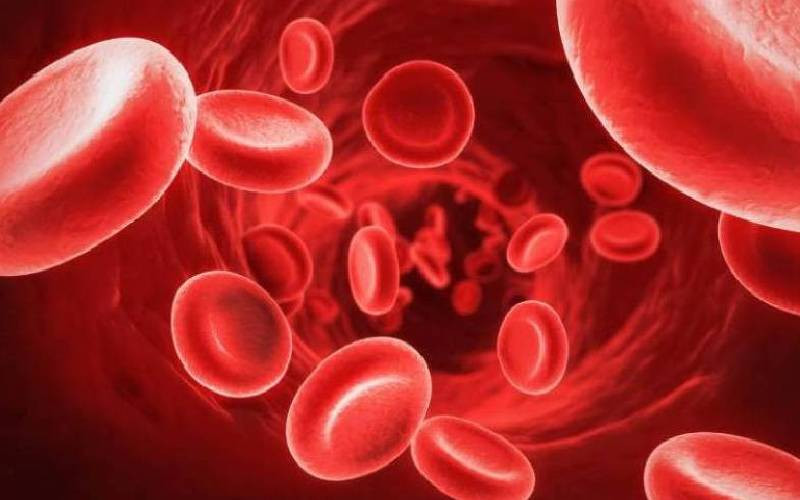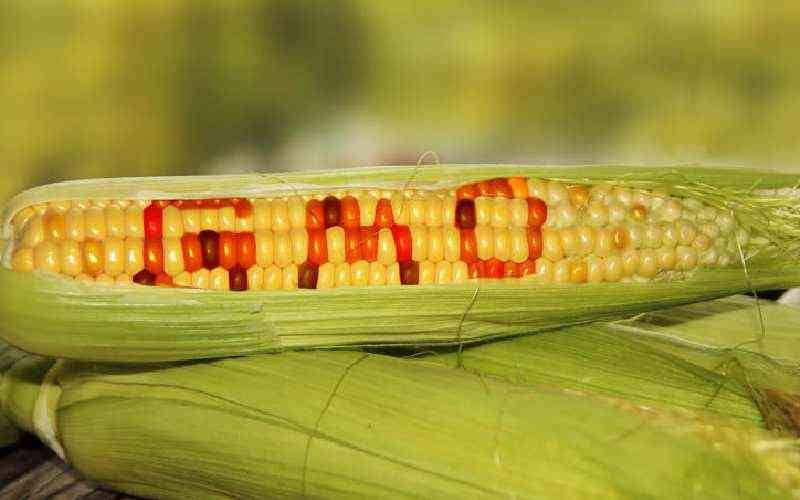
The recent move by President William Ruto to lift the 2012 ban on Genetically Modified Organisms (GMOs) as a response to the ongoing drought and food insecurity, has kicked off a storm on their pros and cons.
The Kenyan government had banned the importation and growing of GMO crops and products following a 2012 study by Prof Gilles-Eric Seralini of the University of Caen in France that linked GMOs to cancer.
Facts First
This story continues on The Standard INSiDER. Subscribe now for unfiltered journalism that holds power to account.
Already have an account? Login
 The Standard Group Plc is a multi-media organization with investments in media
platforms spanning newspaper print
operations, television, radio broadcasting, digital and online services. The
Standard Group is recognized as a
leading multi-media house in Kenya with a key influence in matters of national
and international interest.
The Standard Group Plc is a multi-media organization with investments in media
platforms spanning newspaper print
operations, television, radio broadcasting, digital and online services. The
Standard Group is recognized as a
leading multi-media house in Kenya with a key influence in matters of national
and international interest.



